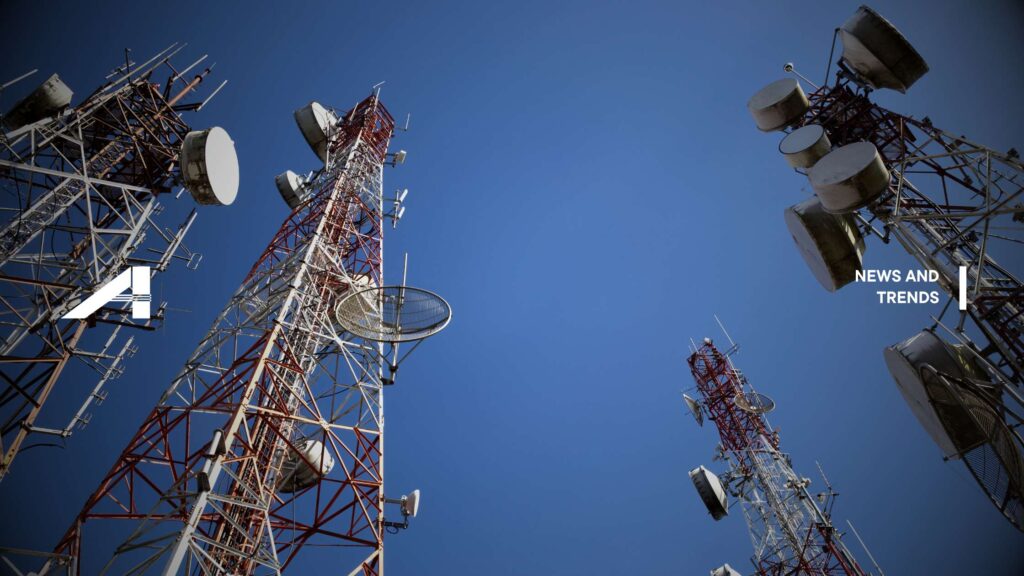
from the ACG Blog What Is Physical Layer Security—and Why Should Federal Agencies Care? Explore how physical layer security in...
News and Trend
Federal telecom projects aren’t just infrastructure—they’re lifelines for communication, security, and coordination. And yet, many of these projects experience delays, budget overruns, or post-installation problems that jeopardize mission success.
At ACG, we’ve seen where others fall short—and we’ve built our process to ensure federal telecom infrastructure is delivered on time, within budget, and fully compliant.
Below are the top reasons why federal telecom projects fail—and how to avoid each one.

Failure to define exact needs leads to:
Unplanned change orders
Conflicts between design and actual site conditions
Gaps between agency expectations and contractor capabilities

Low-cost bidders often:
Lack federal experience
Deliver non-compliant equipment
Fail to meet clearance, safety, or testing standards
Solution: ACG provides detailed proposals with certifications, past performance, and a compliance guarantee—so you’re investing in reliability, not just pricing.
Projects stall when:
RFIs go unanswered
Submittals are delayed or incomplete
Final as-builts and OTDR tests are missing

If a telecom system doesn’t account for:
Segmented secure access
Bandwidth scalability
Disaster recovery and redundancy
—it may require expensive upgrades later.
Solution: ACG designs for long-term value with security-first architecture, scalable cable infrastructure, and redundancy built in.

from the ACG Blog What Is Physical Layer Security—and Why Should Federal Agencies Care? Explore how physical layer security in...

from the ACG Blog How to Write a Telecom Scope of Work (SOW) That Avoids Delays and Change Orders A...

from the ACG Blog Understanding OTDR: Why It Matters for Federal Fiber Optic Projects Learn why OTDR testing is a...
©2025. Access Communications Group, LLC